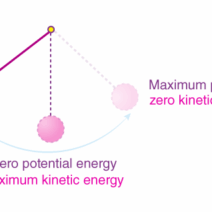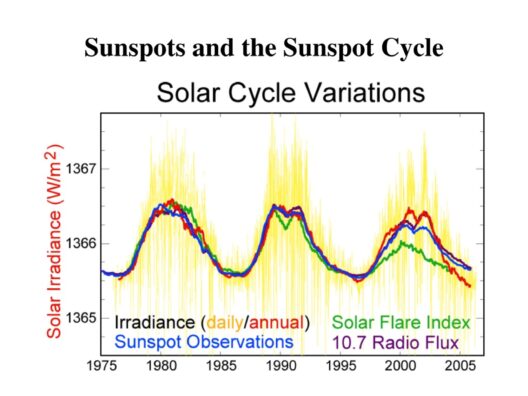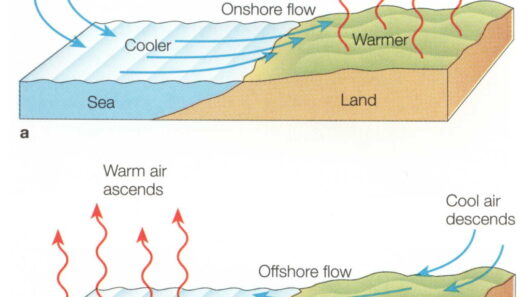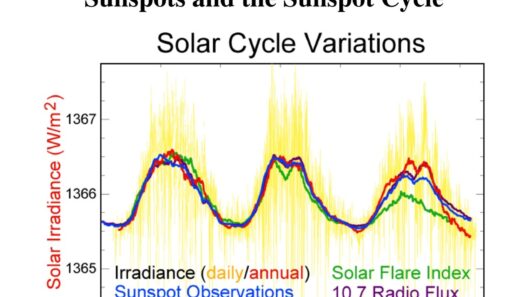The climate situation in 2025 is characterized by a complex interplay of escalating temperatures, intensified weather patterns, and a marked shift in global ecosystems. Understanding these multifaceted changes requires a comprehensive analysis of various dimensions, including temperature anomalies, extreme weather phenomena, sea level rise, and the responses from both natural and human systems.
To begin with, scientists have observed unprecedented shifts in global temperatures over the past decade. The average global temperature is projected to rise significantly by 2025, with projections suggesting an increase of approximately 1.5°C above pre-industrial levels. This increase comes as a direct consequence of pervasive greenhouse gas emissions, which continue to swell primarily due to the combustion of fossil fuels, deforestation, and industrial processes. This alarming trend is not merely theoretical; it has tangible effects on climate systems across the globe.
Extreme weather events, emblematic of climate change, are becoming increasingly prevalent. An analysis of recent meteorological data reveals a surge in the frequency and intensity of heatwaves, hurricanes, and flooding incidents. For instance, regions that traditionally experience cooler climates are now reporting higher average temperatures, resulting in agrarian challenges. Farmers face unprecedented difficulties in crop management, as traditional growing seasons are altered or disrupted. This has cascading effects on food security, especially in vulnerable regions reliant on predictable climatic patterns.
Moreover, sea level rise is an imminent threat to coastal communities worldwide. As polar ice sheets and glaciers continue to melt, ocean levels are expected to rise, exacerbating flooding and erosion in coastal cities. In 2025, it is projected that many low-lying islands and coastal cities could experience devastating impacts, leading to the displacement of populations and loss of habitat. Urban planning and infrastructure adaptation become imperative in mitigating these impending crises. Proactive measures, such as the construction of resilient barriers and the restoration of natural buffers like mangroves, are vital to instigating sustainable adaptation strategies.
The ecological ramifications of climate change cannot be overstated. Many species are struggling to adapt to rapidly changing environments, leading to shifts in biodiversity. Coral reefs, often termed the “rainforests of the sea,” are particularly vulnerable to temperature fluctuations. Bleaching events, driven by elevated water temperatures and acidification, threaten marine ecosystems. In 2025, projections indicate that significant portions of coral habitats may be irreversibly damaged, which will have dire repercussions for marine biodiversity and the livelihoods of communities dependent on fishing.
Human systems are equally at a crossroads, faced with the necessity to transform energy systems and consumption patterns. Transitioning to renewable energy sources, such as solar and wind, has gained momentum, but the pace of this shift remains insufficient to combat climate change effectively. The global commitment to achieving net-zero carbon emissions is essential yet challenging; policy frameworks must evolve to facilitate innovation and investment in green technologies. Image initiatives promoting electric vehicles and energy-efficient practices are gaining traction, and collective societal action can amplify these efforts.
Social equity is a critical lens through which to view the climate crisis. Marginalized communities, often the least responsible for climate change, bear the brunt of its effects. Climate justice advocates assert that policies must prioritize the needs of the most vulnerable populations, ensuring equitable access to resources and support systems during and after climatic disasters. As climate-related displacements arise, integrating social equity into climate action becomes imperative to foster resilience and inclusivity in decision-making processes.
In the realm of policy responses, multilateral cooperation remains crucial. Climate change recognizes no borders; international collaboration is essential in addressing this global challenge. The Conference of the Parties (COP) is pivotal in establishing frameworks for accountability and action. As nations convene to negotiate, the focus must extend beyond pledges to actionable goals with clear timelines and metrics for progress. Each commitment carries the weight of a collective moral obligation to safeguard future generations.
Furthermore, public awareness and education play pivotal roles in sustained climate action. Empowering communities with knowledge can instigate local initiatives and grassroots movements aimed at environmental stewardship. Individuals equipped with understanding and skills can substantially contribute to broader efforts, such as urban gardens, waste reduction, and activism. Moreover, fostering a culture of sustainability can further solidify commitments to eco-friendly practices, creating a ripple effect of positive change.
As 2025 unfolds, monitoring the ongoing developments surrounding climate change is paramount. Initiatives focused on scientific research and technological innovation can yield solutions to mitigate adverse effects. Investing in adaptive capacities, advancing carbon capture technologies, and enhancing our understanding of carbon sinks will be indispensable in combating climate change.
In conclusion, the climate situation in 2025 represents a critical juncture. The urgent actions of today will dictate the environmental legacy of tomorrow. While the challenges are daunting, solutions exist within reach if accompanied by collective resolve and commitment. Fostering awareness, equity, innovation, and global cooperation is key to navigating the complex landscape of climate change. Individual and collective actions are interwoven in the fabric of change, emphasizing a shared responsibility to protect and sustain our planet.





